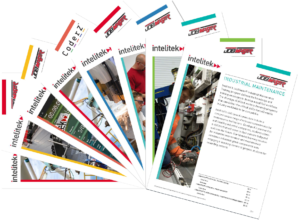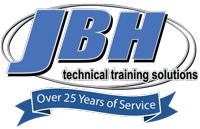
The Role of Career and Technical Student Organizations in Providing STEM Skills
Last week the National Association of State Directors of Career Technical Education Consortium (NASDCTEc) released CTE Is Your STEM Strategy, a study of the value of CTE programs as the foundation for an overall STEM strategy.
One specific element the study highlights is Career and Technical Student Organizations (CTSOs). As the report mentions:
“CTSOs, such as SkillsUSA provide skills-based competitions for students…based largely on students’ abilities to work individually or in teams to solve problems and present projects to judges from industry and education. …They clearly support student mastery of the “STEM competencies,” as many problem- or project-based learning experiences do.”
In this way, CTSOs deliver some of the most important elements for successful STEM programs: engaging industry to guide the delivery of relevant skills and offering “true contextualized learning within the context of a specific industry or career pathway”.
As Julie Kantor of STEMConnector wrote recently in the Huffington Post: “The conference is filled also with corporations smart enough to get in the door early and meet the best and brightest of our country. These kids all come out of high school with a TANGIBLE SKILL.”
One example of success came in the 2013 SkillsUSA competition. Girls from Spaulding High School in Rochester, New Hampshire clinched gold at the National SkillsUSA Competition in Missouri, earning the title as the first all-female team to win the competition. The trio competed against high school students from all 49 other U.S. states to take home the medal in Automated Manufacturing Technology contest, which evaluates teams for employment in the integrated manufacturing technology fields of computer aided drafting/design (CAD), computer aided manufacturing (CAM), and computer numerical controlled machining (CNC). Team member Jackie McNally constructed the parts’ geometry in CAD, while Naomie Clark, the CAM operator, generated the tool paths and Ali Trueworthy was responsible for CNC set-up and machining.
The Rochester girls spent two years in STEM classes at the Richard W. Creteau Regional Technology Center under teacher and adviser David Foote. This academic program combined with the experiences in SkillsUSA helped the succeed in this year’s national competition. They insist that the key to their success is not just the technical skills, but collaboration — working together rather than as separate contributors.
All three girls are now pursuing engineering degrees – an excellent outcome that any STEM program would be proud to achieve!
This is just one example among the 5,900 students who competed in the 2013 SkillsUSA nationals! All of these participants no doubt obtained an enhanced educational experience.
Many new STEM initiatives are gaining momentum and funding, but lacking guidance at the implementation stage. Proven and successful CTSOs like SKillsUSA provide an excellent model to follow. Participation bolsters interest in STEM, while delivering relevant technical skills as well as leadership and problem-solving skills so valuable in any career field!























